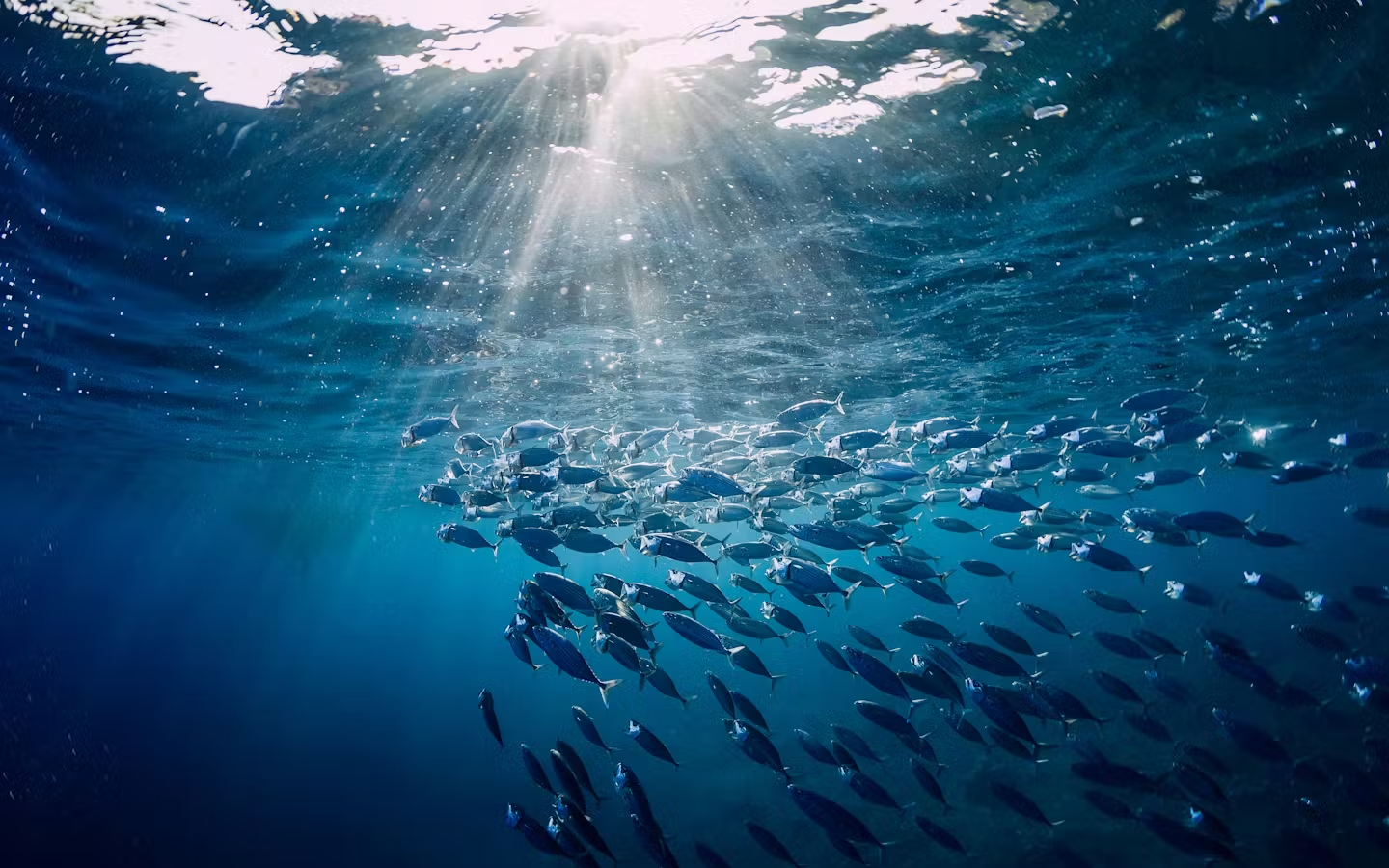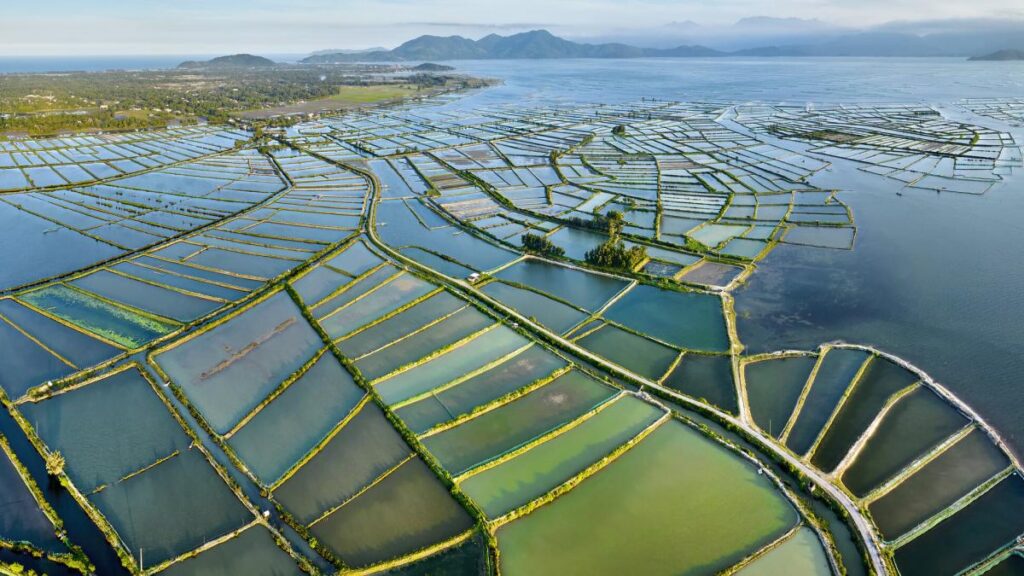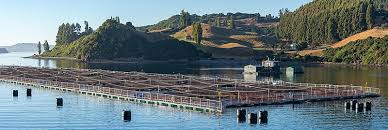
OCEAN FARMING
INTRODUCTION
Ocean farming, also known as marine aquaculture, is the practice of cultivating marine organisms such as fish, shellfish, and seaweed in controlled environments within the ocean.
It is an emerging solution to address food security, reduce overfishing, and support sustainable seafood production.


WORKING OF OCEAN FARMING:
- Site Selection – Choosing suitable ocean locations with optimal water conditions.
- Species Selection – Cultivating fish, shellfish, or seaweed based on market demand and environmental sustainability.
- Farming Methods – Using floating cages, deep-sea pens, or seaweed farms for cultivation.
- Feeding & Monitoring – Providing nutrition and maintaining water quality for healthy growth.
- Harvesting – Collecting matured seafood for consumption or commercial purposes.

TYPES OF OCEAN FARMING
- Fish Farming (Mari culture) – Cultivating fish species like salmon, tuna, and cod in ocean enclosures.
- Shellfish Farming – Growing oysters, mussels, and clams on sea beds or in suspended structures.
- Seaweed Farming – Harvesting seaweed for food, biofuel, and pharmaceuticals.
- Integrated Multi-Trophic Aquaculture (IMTA) – Combining fish, shellfish, and seaweed to create a balanced, eco-friendly system.

PROS AND CONS OF OCEAN FARMING
PROS:
- Reduces Overfishing – Provides an alternative to wild fishing, helping restore marine ecosystems.
- Supports Global Food Security – Produces a steady supply of seafood to meet growing demand.
CONS :
- Environmental Impact – Can lead to pollution, habitat destruction, and disease outbreaks in marine life.
- Risk of Invasive Species – Farmed species escaping into the wild can disrupt natural ecosystems.
